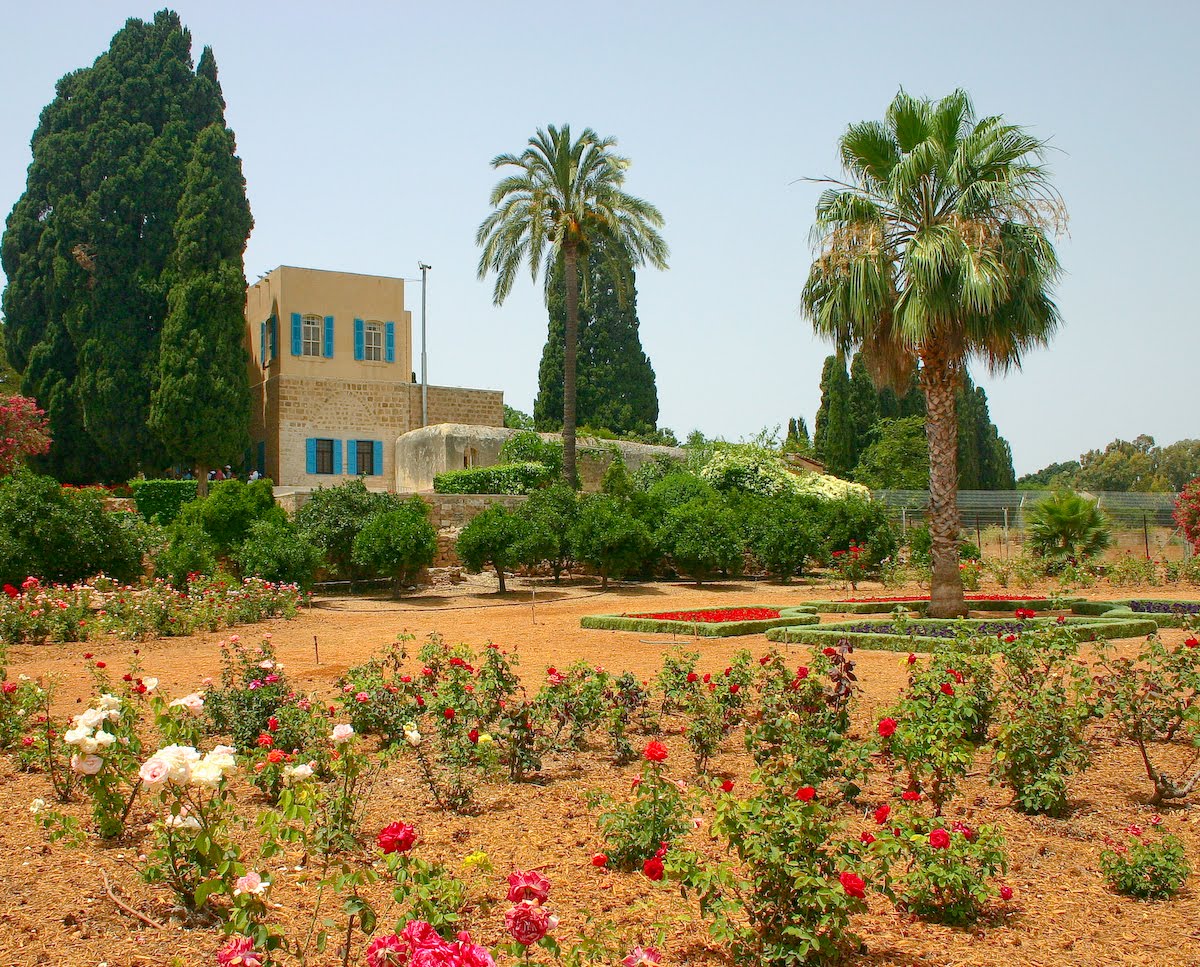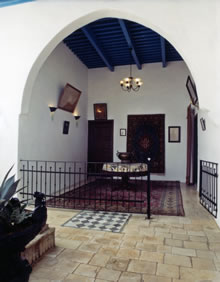Restoration of the Shrine of the Bab:
There was a fascinating article about the restoration of teh Shrine of the Bab which was completed in 2011...
"The project required the restoration and conservation of the interior and exterior of the original 1909 structure, as well as measures to strengthen the Shrine against seismic forces. An entirely new retrofit design – combining concrete, steel and carbon fibre wrap technology – was needed for the whole building, from its foundation and original masonry to its octagon, drum and dome. More than 120 rock anchors were fixed into the mountain behind newly fortified retaining walls.
"Some 80,000 man-hours were spent on significantly improving the Shrine's resistance to earthquakes" says Mr. Samadi. "but it is all concealed from view and does not affect the beauty and grandeur of the original architecture at all."
Restoring the stone and dome
Progress on the Shrine restoration was significantly helped along by an earlier two-year project on the nearby International Baha'i Archives building, says Mr. Samadi.
"We studied the Shrine and researched materials and techniques while still working on the Archives. That experience generated a lot of momentum. We knew the experts; we perfected the skills and techniques. With the Shrine, we did not finish one job before starting another. We were working on the structure, carrying out the stone restoration, doing many things at the same time."
More than 50,000 man-hours were spent on the stonework by the staff of the restoration office and volunteers - including many young people - from Australia, Canada, China, Ecuador, Germany, India, Kenya, Mongolia, the Netherlands, New Zealand, South Africa, the United Kingdom, the United States of America and Vanuatu, all trained by expert conservators. Every square centimetre of the building's exterior was checked and restored.
"For the original superstructure, Carrara marble was wanted but it was not easy to come by after the Second World War," says Mr. Samadi. "The only stone available was Chiampo marble.
Read more at
Beauty of restored Shrine set to dazzle visitors and pilgrims - Bahá'í World News Service








